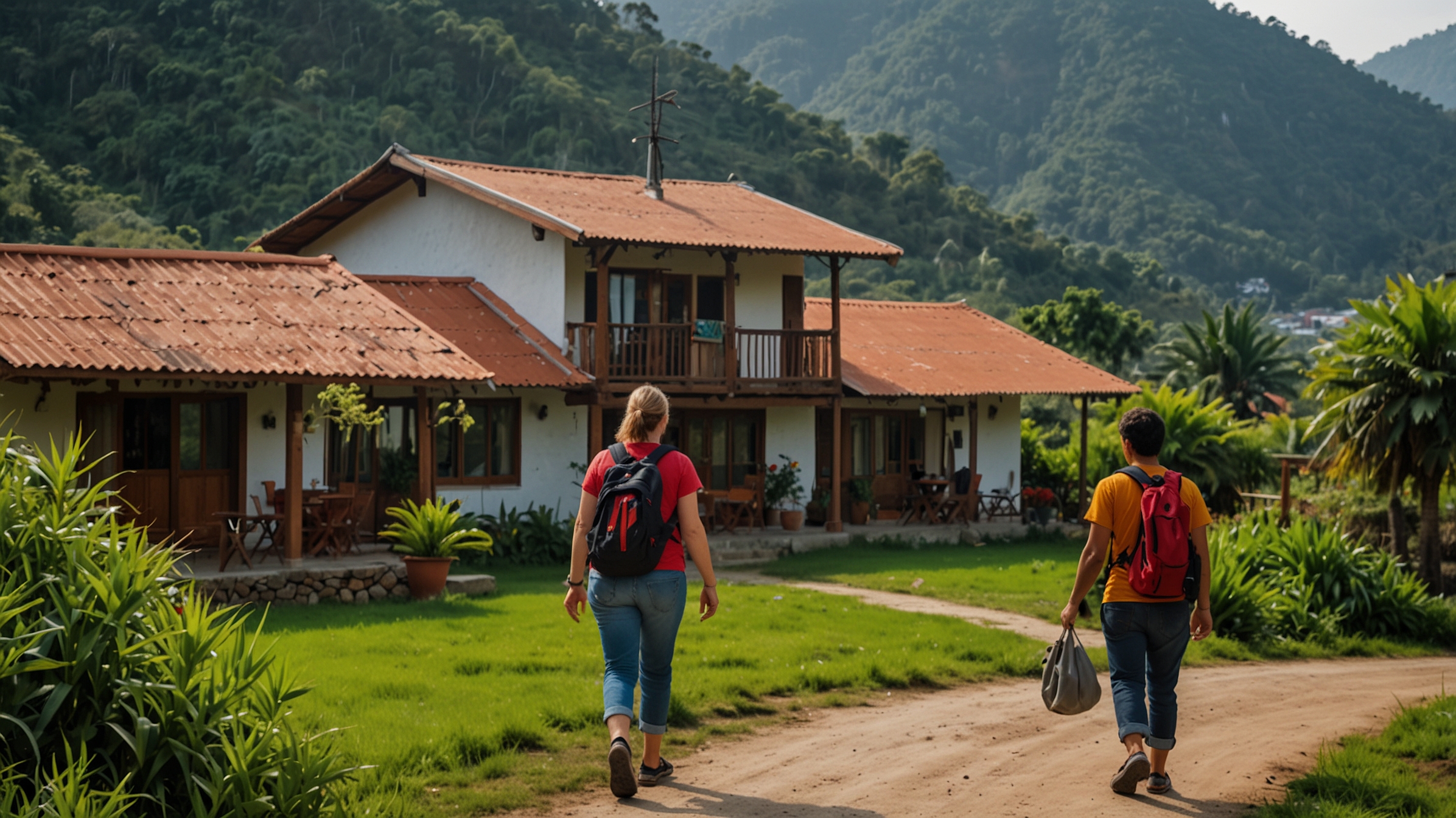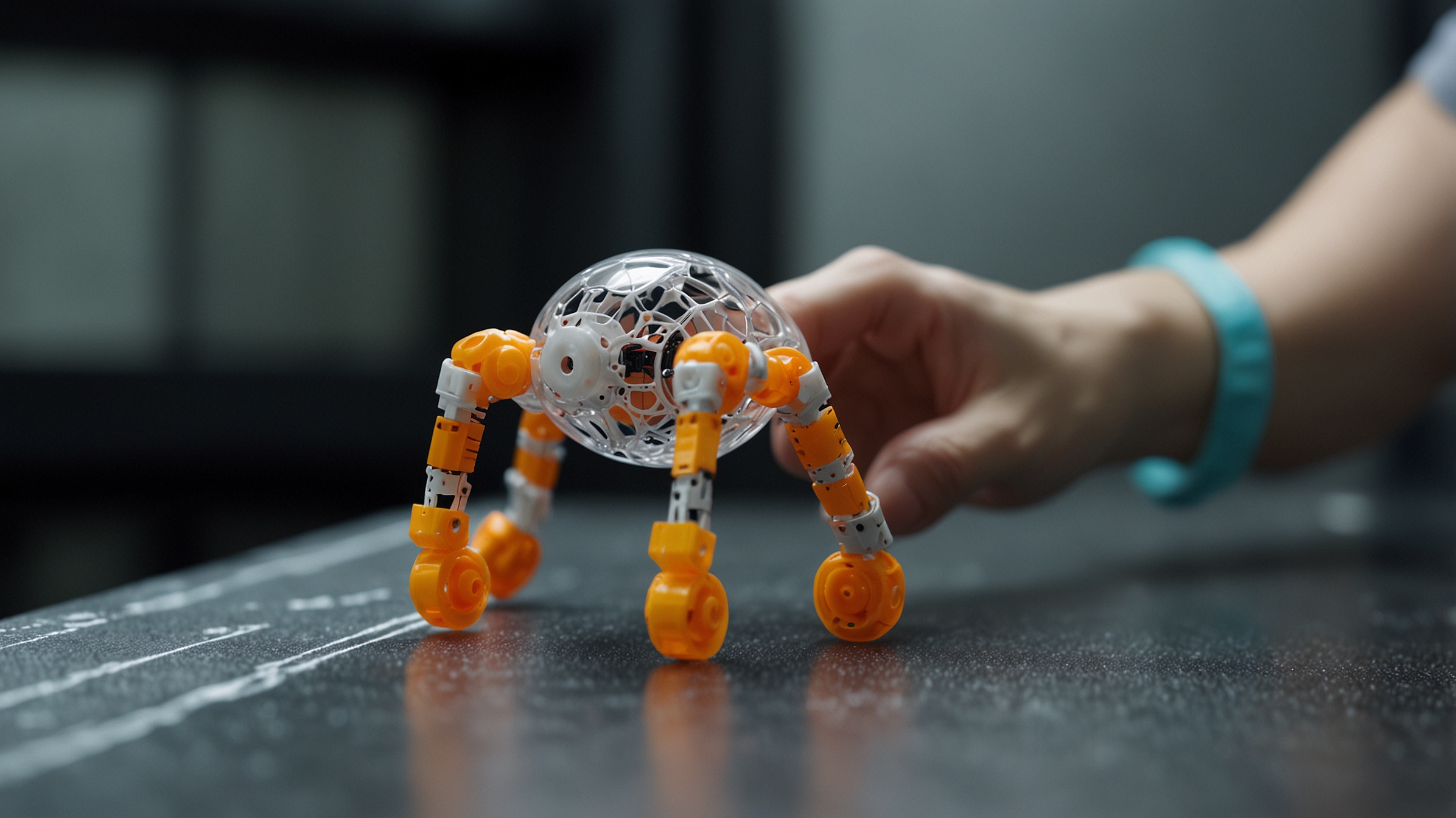Technology never stands still — and nowhere is that clearer than in the world of displays. Over the past few years, we’ve seen the rise of foldable and rollable screens, a leap forward that seemed like science fiction not too long ago. Today, these flexible displays are starting to reshape how we think about smartphones, TVs, laptops, and even wearable tech.
But are foldable and rollable screens truly the future of devices, or just a flashy trend? Let’s take a deep dive into this evolving technology and what it could mean for consumers like you.
The Technology Behind the Flex
Flexible screens are made possible through innovations in OLED (Organic Light-Emitting Diode) technology. Unlike traditional LCD panels that rely on a rigid backlight, OLED displays use organic compounds that emit their own light when powered. This structure is naturally more flexible, allowing manufacturers to build screens that can bend, fold, or even roll.
Materials like ultra-thin glass and polyimide substrates (a type of flexible plastic) have also been crucial. Engineers have figured out ways to make these surfaces not only bendable but also tough enough to handle daily use — at least in theory.
Foldable Phones: Compact Powerhouses
The most visible example of this technology so far is in foldable smartphones. Devices like Samsung’s Galaxy Z Fold and Z Flip, Motorola’s revived Razr, and Huawei’s Mate X series have captured headlines — and imaginations — with their ability to expand from a compact size into a larger screen.
Benefits:
- Portability: You get a full-sized tablet experience that folds down to fit in your pocket.
- Multitasking: Bigger screens mean easier split-screen usage for apps and productivity.
- Innovation: Let’s be honest — foldables just feel futuristic.
Drawbacks:
- Durability: While flexible materials have come a long way, they are still more prone to scratches, dents, and mechanical failures compared to traditional glass.
- Price: Early foldables are expensive, often costing $1,500 or more.
- Software optimization: Not all apps and interfaces have caught up with the folding format.
Still, year by year, foldable phones are getting better, tougher, and slightly more affordable, suggesting this might not be a passing trend.
Rollable Screens: Expanding the Possibilities
If foldables are about making big screens compact, rollables are about making screens expandable.
Companies like LG (before exiting the smartphone business) teased devices where the screen could unroll like a scroll. Imagine a phone that starts out compact but then expands sideways to give you a tablet-like screen — no crease, no hinge, just smooth movement.
Rollable TVs are also making waves. LG’s Signature OLED R television literally rolls up into its base like a poster, offering a sleek, minimalist look when not in use.
Potential Benefits:
- Seamless designs without visible hinges or folds.
- Flexible screen size depending on what you need: smaller for quick tasks, larger for gaming, work, or entertainment.
- Space-saving when devices are not in use.
However, much like early foldables, rollable technology faces high costs, durability concerns, and complicated engineering challenges.
Beyond Phones and TVs: The Future Applications
Flexible displays could soon revolutionize much more than just your phone:
- Wearables: Imagine fitness trackers or smartwatches with wraparound displays that are both durable and lightweight.
- Laptops and Tablets: Foldable and rollable designs could turn traditional laptops into multi-screen workstations without extra bulk.
- Car Interiors: Rollable screens could allow in-car displays to retract when not needed, creating a cleaner dashboard design.
- Smart Clothing: Researchers are even exploring wearable fabrics with integrated rollable screens for health monitoring or fashion tech.
Challenges to Widespread Adoption
While the technology is exciting, several hurdles remain:
- Longevity: Foldable and rollable devices must prove they can survive thousands of bends and flexes.
- Cost: Flexible displays are still expensive to produce, although prices will likely drop as manufacturing scales up.
- Repairability: Devices with moving parts and flexible components are harder and more expensive to repair.
- Consumer trust: Many early adopters are still wary after issues with the first generation of foldable phones, like screen failures and dust infiltration.
Conclusion: A Promising Future, But Patience Required
Foldable and rollable screens represent a huge shift in how we interact with technology. They offer a vision of more versatile, adaptable devices that mold themselves to your needs, rather than forcing you to work around them.
However, we are still in the early chapters of this story. Durability, affordability, and widespread software support need to catch up before these devices can truly go mainstream.
In the meantime, it’s thrilling to watch this innovation unfold — or should we say, roll out.














